Volta Medical Society (VMES)
The Volta Medical Society (VMES) aims to promote discussions in College on any medical topic of broad interest. These may include specific advances in medical sciences that are of sufficient interest to be discussed or broad medical issues that have strong implications for society and for understanding the social basis of health and disease. The Volta Medical Society aims to achieve these goals with interviews, meetings and exhibitions with physicians, scientist and social scientists who have made significant contributions to modern health. The Society has organised numerous seminar series on topics of broad medical interest spanning from Ethics and Medicin, Infectious Diseases, Personalised Medicine as well several lectures from scientists who have made fundamental contributions to modern Medicine.
The following students have enrolled in the VMES for the academic year 2021/22. Lorenzo Mancini and Luigi Sallustio have agreed to act as Secretaries to the Society for this academic year.
Ramin Alavi Houshmand
Amina Amer
Ilaria Campese
Davide D'ambrosio
Ilham El Ouizi
Giorgia Fontana
Ali Ghanbari
Federico Ghirelli
Shamim Joudakidinarvandi
Aida Karimian
Maral Kazemian
Ana Kovic
Lorenzo Mancini
Irene Nicosia
Pinar Olguner
Erica Peria
Basma Ragab
Serra Sahin
Luigi Sallustio
Angelica Scarpellini
Iris M Scholz
Arber Selimi
Soheil Shishehbor
Ines Shopi
Ines Skuqi
Andrea Trabacca
Alessia Traversa
Francesca Veneziani
Maryam Yazdani
Rossella M Aiuto
Annalisa Barone
Claudia Cavaliere
Mustafa Gultekin
Aisyah R Laily
Lam V Le
Xiaowei Liu
Elena Mariani
Ilaria Petrizzi
Carolina Piva
Arian Sadeghi
Davide Sogliani
Volta Literary Society (VLIS)
The Volta Literary Society (VLTS) aims to promote an interest in literature among Volta students, the majority of which read science, engineering or medicine. The scope of the Literary Society is literary work - Italian and foreign - including the work of major writers from North and South South, Africa, the Arab world, India, China and Japan. Informal College activities will include group readings and dicussion groups on specific authors and topics as well as essay and poetry competitions. More formal activities will include meetings and debates with individual authors, especially authors who have published recent work and are willing to explain it and discuss it with College students.
The students enrolled in the VLTS for the academic year 2021/22 are listed below. Francesca Veneziani has agreed to act as secretary to the Society for this academic year.
Amina Amer
Michela Cocchetti
Michele Colombelli
Roberta D'agostino
Aurora Legittimo
Ines Shopi
Michele Songini
Alessia Traversa
Stefany M Vecchio
Francesca Veneziani
Rossella M Aiuto
Claudia C Alfaro Contreras
Giacomo Casucci
Agnese Zambinelli
Volta Drama Society (VDRS)
The Volta Drama Society (VDRS) has produced several pieces in previous years including a beautiful and large production of the of William Shakespeare's Antony and Cleopatr involving approximately twenty actors between College and a choir from Collegio Cairoli.
The College hopes that the VDRS can resume its work after the Covid pandemic and the following students have enrolled in the Society for the academic year 2021/22. Federica Paparella has agreed to act as Secretary to the Society for this academic year.
Amina Amer
Beatrice Cicchetti
Samuele Di Cugno
Alisha Gembali
Federica Paparella
Odunayo D Adeniyi
Gabriele Adobati
Claudia C Alfaro Contreras
Arianna Armanetti
Volta Chinese Society (VCHS)
Over the last decade, the University of Pavia has actively pursued contacts and exchanges with several Chinese Universities and this has resulted in several schemes that bring each year Chinese undergraduate and graduate students to Pavia. The most advanced of such schemes is an MA Course in Construction Engineering and Architecture currently involving 15 students from the Tongji University of Shanghai who spend a full academic year at the University of Pavia, are registered with both Universities and secure a double award (a double degree) at the end of their Course. A number of these students live and work at Collegio Volta together with several visiting Chinese PhD students generally pursuing research in Science or Engineering. The Volta Chinese Society is a Society for Chinese studies, thus open to all members of the College regardless of origin. It aims to promote all aspects of Chinese culture at Volta, including the study of Chinese languages, culture, society, economics and foreign policy and will do so through meetings, discussions, films and documentaries. It will also engage in building further and direct links and students exchanges between the College and equivalent bodies at selected Chinese Universities.
Secretaries of the Volta Chinese Society: 2013/14 (vacant); 2014/15 (vacant).
Volta Arts Society (VARS)
Collegio Volta is located on the Science campus of the University of Pavia and currently has no students studying Art or History of Arts. The College therefore is seeking ways in which it may both attract such students and engage current students who read science, engineering and medicine in all areas of figurative Arts, including photography. The Volta Arts Society aims to promote meetings in College with painters, sculptors, photographers. It will also ctively encourage original work in these areas by College students through a variety of means, including Art classes and College competitions and will promote trips and visits to local galleries, such as the Accademia di Brera, as well as major other galleries or sites in Italy and abroad.
The lstudents who enrolled in the VARS for the academic year 2021/22 are listed below. Maria Pia Longo has agreed to act as secretary to the Society for the current year.
Amina Amer
Michela Cocchetti
Davide D'ambrosio
Lucrezia Fontanari
Matteo Lo Porto
Maria Pia Longo
Pinar Olguner
Federica Paparella
Iris M Scholz
Ines Shopi
Alessia Traversa
Giacomo Casucci
Oday Gharaba
Xiaowei Liu
Tuba Özcan
Ilaria Petrizzi
Martina GRM Soresi
Emma Vedovati
Volta African Society (VAFS)
The College has a large number of students from Africa. The majority of them currently comes from Cameroon but the College aims to extend access to students from a number of other African countries. The Volta African Society is a Society for African Studies and as such is open to all Volta students, regardless of their origin although the College expects that all students of African origin will play a major role in it. The economical and social events that have defined the history of post-colonial Africa highlight huge contrasts and struggles. In the last three decades the world has witnessed the relentless spread of AIDS (more than one and half million people are currently killed by AIDS each year in the African continent) and other African catastrophes on the scale of the Rwandan genocide (a million people killed), the Sudanese civil war (two million people killed) and the famine in Somalia (a quarter of a million people dead). Yet, it is clear that large parts of Africa have witnessed social and political progress (the end of apartheid in South Africa is a notable example) as well as a degree of economic development. The Volta African Society aims to bring African language, literature, music, history and politics to College for discussion in order to inform and engage a number of College students on Africa. It also aims to identify funding schemes that may promote further academic links and exchanges between the University of Pavia and Universities in several African countries both at student's and lecturer's level.
The students who enrolled in the VAFS for the academic year 2021/22 are listed below. Sara NY Mohamed has agreed to act as Secretary to the Society for this academic year.
Amina Amer
Letizia Rovertoni
Odunayo D Adeniyi
Annalisa Barone
Sara NY Mohamed
Abimbola C Ogunyele
Davide Sogliani
Volta Tennis Club (VTEC)
The University of Pavia is ideally placed for developing tennis as a result of the fact that it has one of the highest proportion of resident students through its Collegiate system. Collegio Volta wishes to play a role in developing University tennis at Pavia and the Volta Tennis Club i(VTEC) s the instrument by which this role will be achieved. The College aims to build a tennis court as part of the development of the College grounds and, for the time being, Collegio G Cardano and L Valla have agreed to share their tennis courts with Volta students. The Volta Tennis Club will promote Tennis among College students by organising training, locating an indoor court that may enable practice during winter and promoting a College tournament as well an intercollegiate along the lines of the well established basketball, football and volleyball tournaments.
The following students enrolled in the VTEC for the academic year 2021/22.
Roberta D'agostino
Lucrezia Fontanari
Carlo Galli
Matteo Lo Porto
Maria Pia Longo
Erica Peria
Mana Saeediniya
Luigi Sallustio
Francesco Zambrini
Giacomo Casucci
Mustafa Gultekin
Davide Sogliani
Sharareh Banihashemi
Hisham Wazeer
Alain P Peleu Ngate
Luisa Tiebel
Volta Rugby Club (VRUC)
Italian rugby has undergone a major transformation over the last 25 years moving from a sport played by a handful of men in a couple of Italian cities to a sport that now counts teams in all major Italian cities and can attract crowds equal or bigger than the ones who attend football events. University rugby has had a major role in the transformation of Italian rugby and the University of Pavia has one of the finest rugby union teams in the country. Further, the rugby practice grounds of the University are within walking distance from Collegio Volta. There is a very strong basis, therefore, for the development of rugby at Volta and the College aims to see a first group of students joining the University rugby truing and squad in 2013/14. The Volta Rugby Club (VRUC) aims to promote this process by broadcasting classic matches and the matches of the Six Nations Championship, arranging meetings and visits to the College by top Italian rugby players by encouraging Volta students attending major rugby games taking place in Italy.
The following students expressed an interest in playing rugby during the academic year 2021/22. The College has not nominated a Club secretary for this academic year.
Ines Shopi
Davide Gianatti
Football remains the most popular sport at Volta. The College has fielded a boys' team for a number of years in the inter-collegiate tournament and, more recently, a girls' team as well. After initial disappointments, the performance of the two Volta football teams has grown in stature and Volta is now a strong challenger in football events in Pavia. The aim of the Volta Football Club (VFBC) is twofold: the first is to preserve and strengthen the interest of current and future students in College football and the second one is to address and discuss critically modern football. The organisation and huge financial interests underpinning the contemporary world of the 'most beautiful game' have transformed a gentleman's sport in a global business open, in many countries including Italy, to regular abuses and widespread corruption. The Volta Football Club aims to debate these issues by inviting key figures from the world of professional football and encouraging an open debate about the role that football plays in youth culture and in society in general.
The following students enrolled in the VFBC for the academic year 2021/22. Riccardo Pilia and Annalisa Barone agreed to act as Club Secretaries for the Boy's and Girl's teams respectively.
Gabriele Acquaviva
Leonardo Beretta
Carmen L Cardone
Carlo Galli
Oussama Harti
Matteo Lo Porto
Nicola Loizzo
Riccardo Pilia
Luigi Sallustio
Loic L Satchie Satchie
Soheil Shishehbor
Ines Shopi
Andrea Trabacca
Agnese Zambinelli
Odunayo D Adeniyi
Mehdi Alipour Masoumabad
Sharareh Banihashemi
Annalisa Barone
Adnane Boumaiza
Giacomo Casucci
Farhad Ekramitalab
Davide Gianatti
Antonio Tescari
Ragip S Yilmaz
Students Committees 2012/13
General elections have been held in the week starting on 15th October 2012 resulting in the following students being elected to the VSU executive, the Library Committee and the Sports Committee. The Committees have taken up their role in College on 19 October 2012. The major students' body is the executive of the Volta Students' Union (four member strong, in line with general EDiSU rules on students' representation). Several informal working committees (House, Library and Sport) have also been instituted in order to widen students' participation to College life.
Volta Students' Union Executive
Name: Marco Russo
Course: Physics, Year 2
Name: Giorgio Badessi
Course: Medicine, Year 2
Name: Andrea Grieco
Course:Law, Year 3
Nem: Dario Bonaretti
Course: Economics, Year 1 (MSc)
Addtional Committees
Library Committee:
Luana Biondo, Chiara Francioso, Simone Manieri, Jacopo Milesi
Sports Committee:
Marco Bonanno, Michele Vece
More...
Academic Life
The College endeavours to promote scholarship and the full academic potential of its students. During Freshers week Director of Studies illustrate the work of the major Faculties/Schools and meet the relevant groups of students. Volta strives to offer supervisions in key subjects/topics. Supervisions are offered by MA and PhD students, postgraduate medical students and post-doctoral fellows who live in College. They are planned at the start of the year with the relevant Director of Studies and the College Master. Early in semester 1, students submit a study plan for the whole academic year and, at the end of semester 1 and semester 2 they report to College on progress with examinations and other academic work, ie internships, study periods abroad, dissertation work, etc.
Africa and the origins of humankind
9th April 2013.
D Johanson, Institute of Human Origins, Arizona State University.
The 2012/13 Volta lecture will be given by Donald Johanson of the Institute of Human Origins at the Arizona State University. The poster of the lecture can be downloaded here.
Darwin made only one reference to human evolution in his Origin of Species and the search for the when, where and why of the appearance of genus Homo remains one of the least resolved segments of our family tree. The discovery of Lucy (Austrolaphitecus afarensis) has brought us extraordinary insights into the origin of man. The African origin and dispersal of Homo sapiens out of Africa are now universally accepted and the implications of these findings for the study and the understanding of the biology of modern humans are very considerable. Lucy has left us an important and lasting legacy ... we are all Africans.
In his Origin of Species, Charles Darwin made a single reference to the evolution of man and hypothesised that Africa was the cradle of the human race, a prediction confirmed in 1925 with the announcement of the Taung child from South Africa. Thomas Henry Huxley had emphasized the similarities between the skeletons of apes and humans and now we know that humans and apes are genetically very similar and share many behaviors, thus implying a common ancestor. Genetics suggests that the common ancestor of African apes and hominins existed between 5 and 8 million years ago and anthropologists are still looking for this ancestor. Undoubtedly this ancestor was very apelike and more similar to today's apes than today's humans.
Pre-Australopithecus fossils are now known from Africa and and may stretch back as much as 6 million yearso and the best example is Ardipithecus ramidus (4.4 million years ago). Ardi was discovered in the Middle Awash region of Ethiopia in 1992 and described as a new genus and species but one of the problems with it being a hominin is the large, divergent great toe. Ardi is often presented as a biped but this description is probably misleading. I will show a reconstruction of Ardi walking quadrupedally (chimpanzees sometimes walk bipedally on top of branches). Ardipithecus is probably a collateral and extinct branch in the tree of the human family. In contrast, comparison of the fingerprints of ape, Australopithecus afarensis and man show that A afarensis is missing the divergent big toe.
Lucy was found in 1974 at Hadar in Ethiopia and the skeleton dates back to 3.2 million years ago. The proportions of Lucy’s the femur and humerus show that it occupies an intermediate position between a short-legged chimpanzee and a long-legged human being. The comparison between the skulls and pelvis of men, Lucy and chimpanzees shows strong similarities between the human pelvis and the pelvis of Lucy. After the discovery of Lucy, a great debate surrounded A afarensis bipedalism, but the evidence is conclusive that this species was fully bipedal in a terrestrial habitat. The size of Lucy was diminutive but she had relatively long arms. Now we have almost 400 specimens of A afarensis from Hadar and I will show my most recent reconstruction of the hominin family tree, which highlights the critical position of A afarensis. A afarensis is now postulated as an ancestor to later Australopithecus species, a cluster of species that was megadont. Next I will discuss the earliest appearance of our own genus, Homo, associated with stone tools. A comparison with apes and Australopithecus shows how similar the maxilla A.L. 666-1 is to Homo. A afarensis is also thought to be an ancestor to a radiation of several Homo species. When I first began my research in Africa in 1970 this is what was known-8 species. Today we have more than 20 species of hominins that can be divided into three groups. I will show how they can also be divided in two broad categories Pre-Homo and Homo indicating the appearance of derived features such as canine reduction, etc...
As Pliny the Elder wrote Ex Africa Semper Aliquid Novi. The search for the when, where and why of the appearance of our genus is one of the least resolved segments of our family tree. We know much more about the genus Australopithecus than our own genus. Associated with stone tools and butchered bones, Australopithecus appears to stretch back to 2.6 my ago. Brain enlargement then appears as seen in KNM-ER 1470 at 1.8 my ago, perhaps as early as 2.0 my ago. Bodies of modern form were in place by 1.8 my ago here in KNM-WT 15000 from the west side of Lake Turkana in northern Kenya. First Out of Africa picked up in Dmanisi, George with crania similar to those found at Lake Turkana and associated with Oldown type stone tools. The most ancient Homo sapiens is from southern Ethiopia at Kibish and a little later at 150,000 years ago at the site of Idaltu in the Middle Awash River Valley. Research at the southern tip of Africa on the coast of South Africa at Blombos and Pinnacle Peak has found interesting archaeological evidence for the use of ocher and the production of bone tools that do not appear in Europe until the Upper Paleolithic some 40-50,000 years ago
A major Institute of Human Origins research project at Pinnacle Peak under the direction of Curtis Marean is leading to new insights into possible causes for the appearance of Homo sapiens. Progenitor populations may have lived in Africa in refugia to survive the very cold Marine Isotope Stage 6. S. Africa would have been a good place. Here there was abundant shell food and carbohydrates. A pyrotechnological break through, heat-treating of stone to produce artifacts at 160,000 predates that seen in Europe at 40-50,000 BP. Use of ochre for body decoration was a very human behaviour as well as the production of shell necklaces. Genetic studies have documented the highest frequency of progenitor genes in modern populations in South Africa like the Bushman. Dispersal of H sapiens out of Africa is now universally accepted.
The search for the when, where and why of the appearance of genus Homo is one of the least resolved segments of our family tree. The discovery of Lucy (Austrolaphitecus afarensis) has brought us extraordinary insights into the origin of man. The African origin and dispersal of Homo sapiens out of Africa are now universally accepted. Lucy has left us an important legacy…we are all Africans.
Antarctica and climate change
3rd June 2009.
JD Shanklin, British Antarctic Survey, Cambridge.
The 2008/09 Volta lecture will be given by Jonathan D Shanklin of the British Antarctic Survey. The poster of the lecture can be downloaded here.
The Antarctic ozone hole was discovered by British Antarctic Survey scientists and is a graphic demonstration of how easy it is to change our planet’s atmosphere. I will explain why the ozone hole forms over Antarctica and the precautions that we need to take. There is often confusion between the ozone hole and global warming, although there are complex links between them. In the lecture I will address such links and will discuss several models concerning their future trends based on the best evidence currently available. The lecture introduces life in the Antarctic, and follows this by focussing on two global environmental issues, which are of particular significance in Antarctica. Other symptoms of global and local change are then introduced and the underlying cause(s) are discussed in order to present a rigorous view of our current state of knowledge in the field of environmental studies and the areas where further data are required.
The British Antarctic Survey is responsible for implementing British policy in the Antarctic. Run from its Cambridge headquarters, it has two year-round Antarctic stations, two summer-only stations, numerous field camps and runs two ships and five aircrafts. The scientific studies carried out by scientists of the British Antarctic Survey cover all aspects of research in the Antarctic, ranging from earth sciences (mapping, geology, geophysics), physical sciences (meteorology, glaciology, chemistry and upper atmospheric physics) and life sciences (marine, terrestrial and human). Scientists may visit the Antarctic for a short summer stay, or spend up to two years collecting data. In addition to the scientists, support staff are required to maintain the smooth day to day running of the stations. Two global environmental issues are particularly associated with the Antarctic: global climate change and the ozone hole. The popular perception is that the polar ice caps are melting and that low-lying areas around the globe will be flooded. The truth is less clear cut but this may eventually happen. Antarctic ice-cores tell us what our past climate has been like, and give us clues to what may happen in the future. There are natural cycles of climatic change in the Antarctic, but we are affecting the continent and will increasingly do so in the future.
The Antarctic ozone hole was discovered by British Antarctic Survey scientists and is a graphic demonstration of how easy it is to change our planet’s atmosphere. I will explain why the ozone hole forms over Antarctica and the precautions that we need to take. There is often confusion between the ozone hole and global warming, although there are also complex links between them. Through the Montreal Protocol we have taken steps to address ozone depletion and these are working. There are many other environmental issues affecting our planet, but all too often each is taken in isolation. This inevitably means that other symptoms will surface, perhaps more damaging than those currently being treated. Unless we debate and then take steps to resolve the underlying cause of all the symptoms, we may find that our planet is unable to support us.
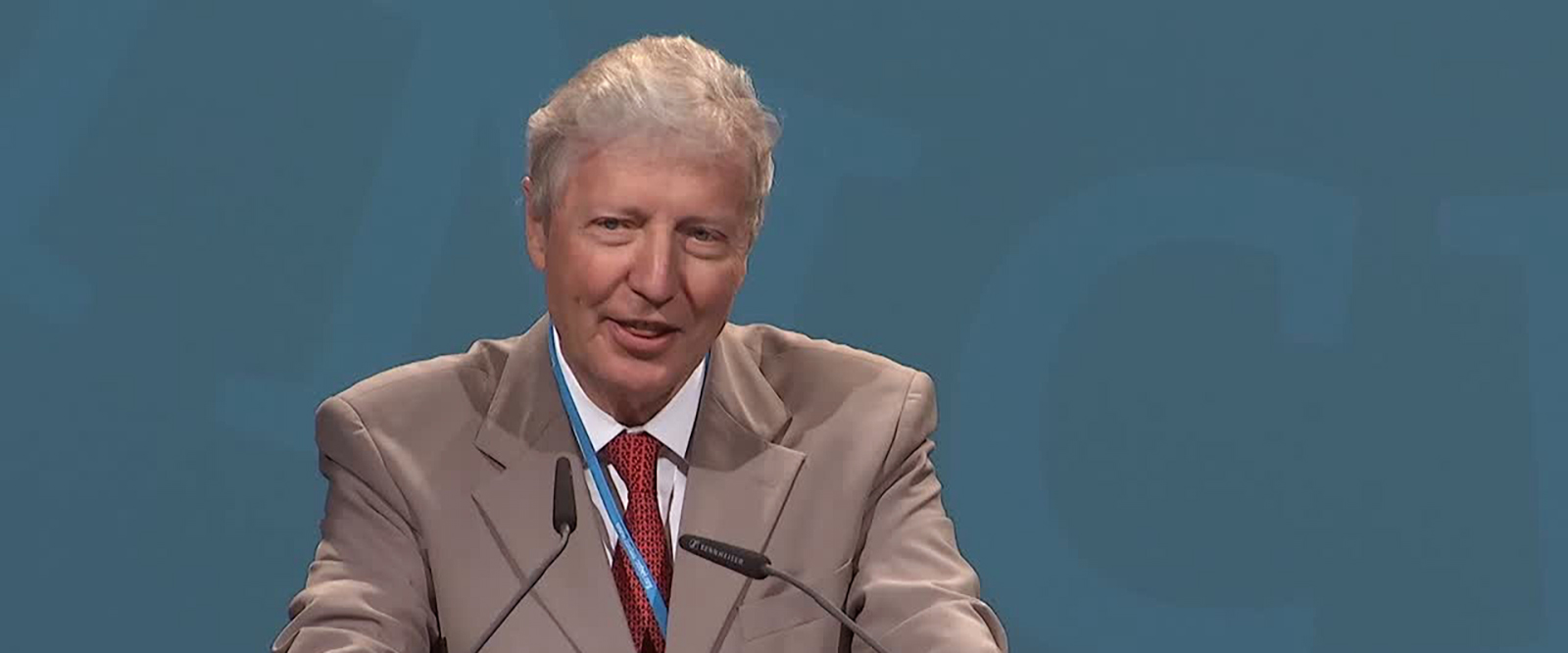
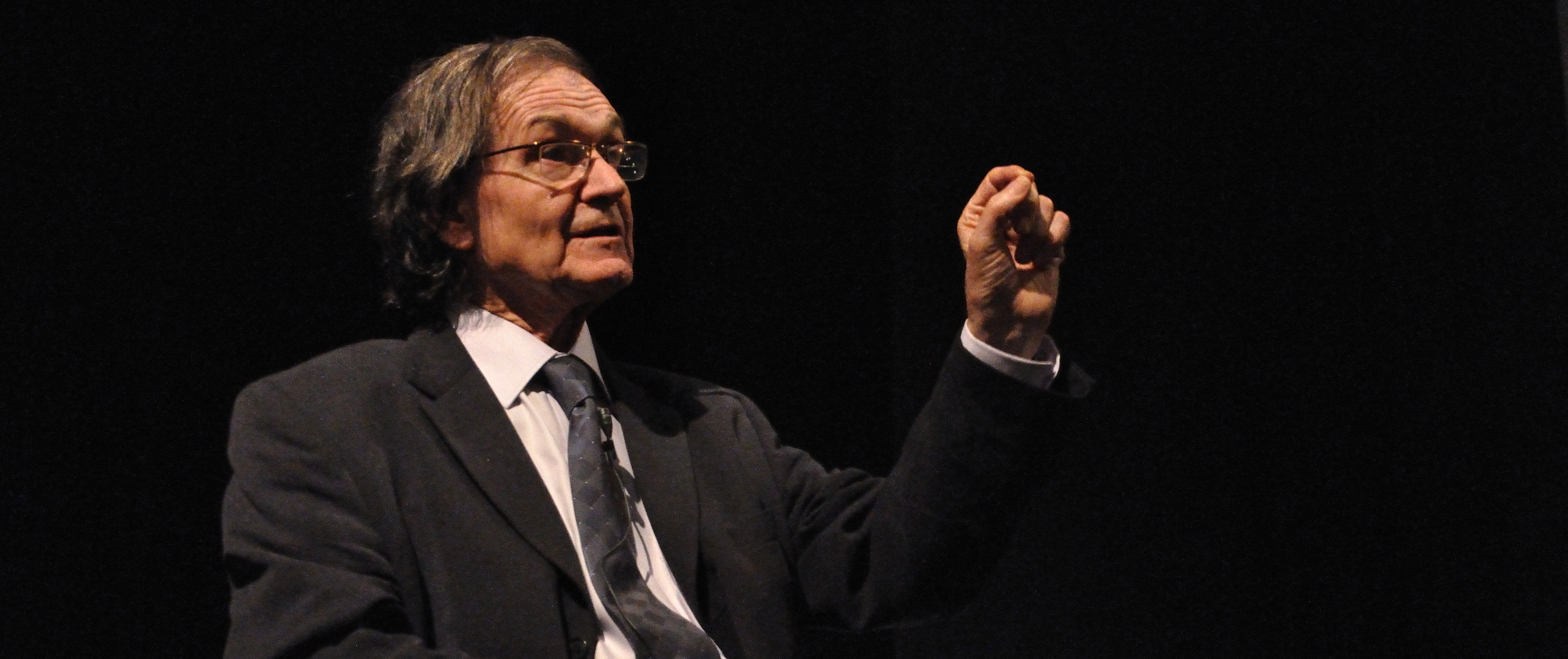
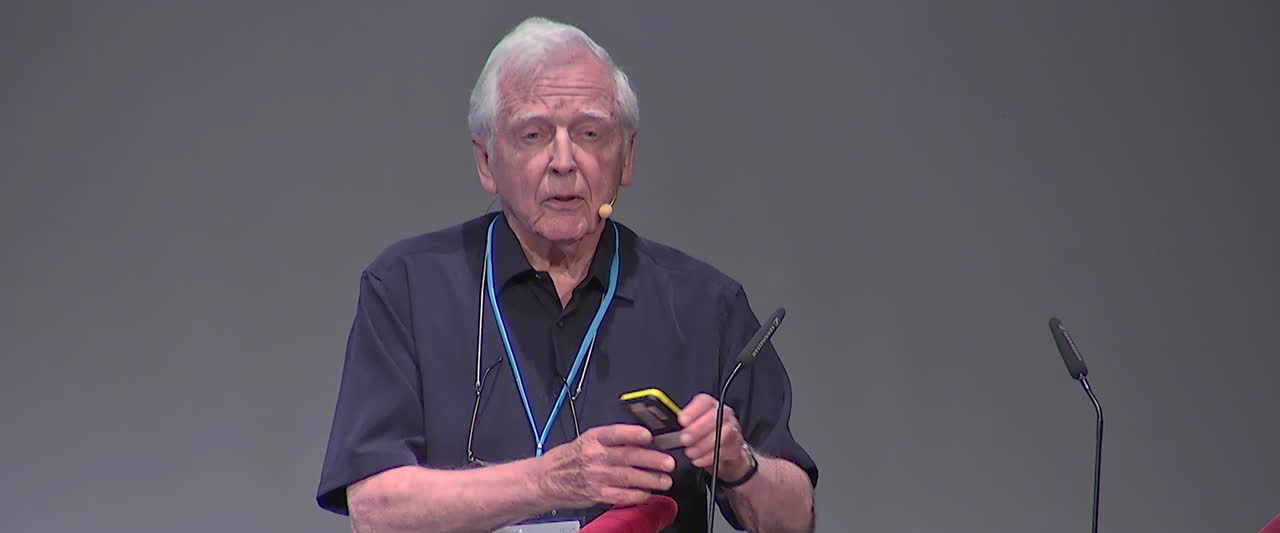
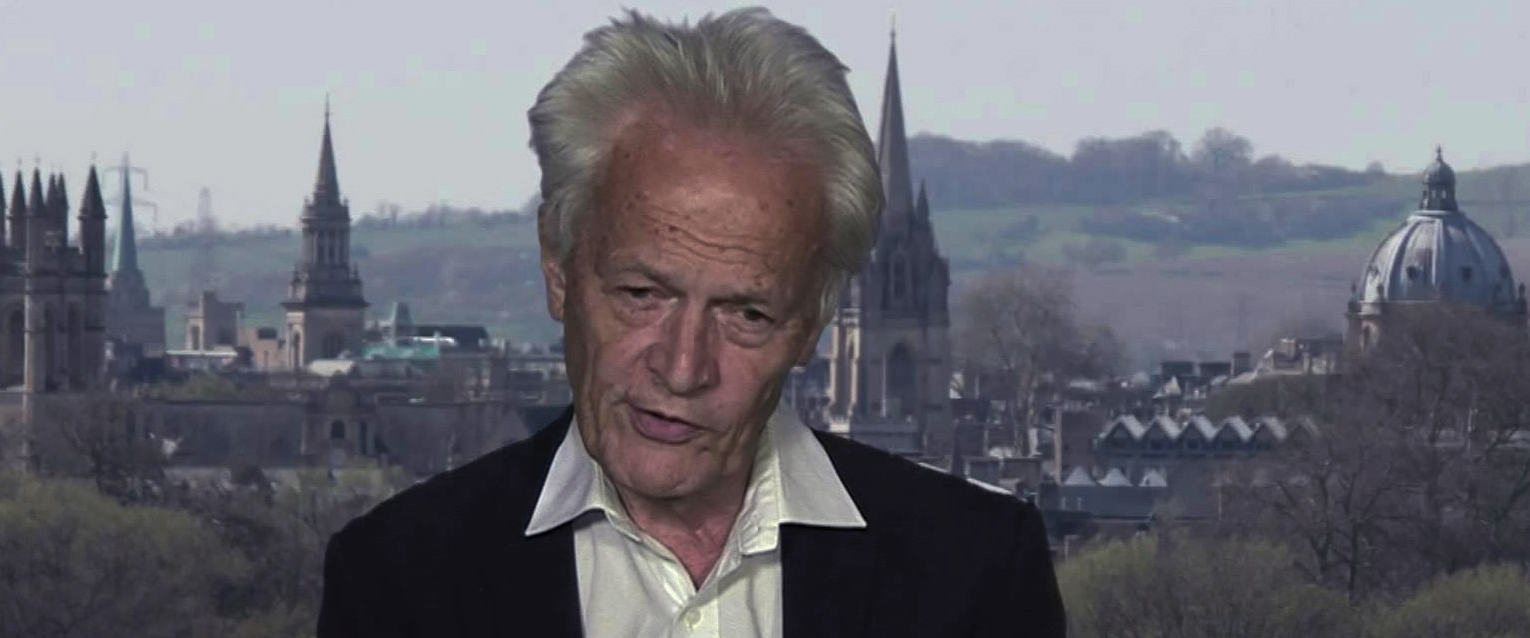
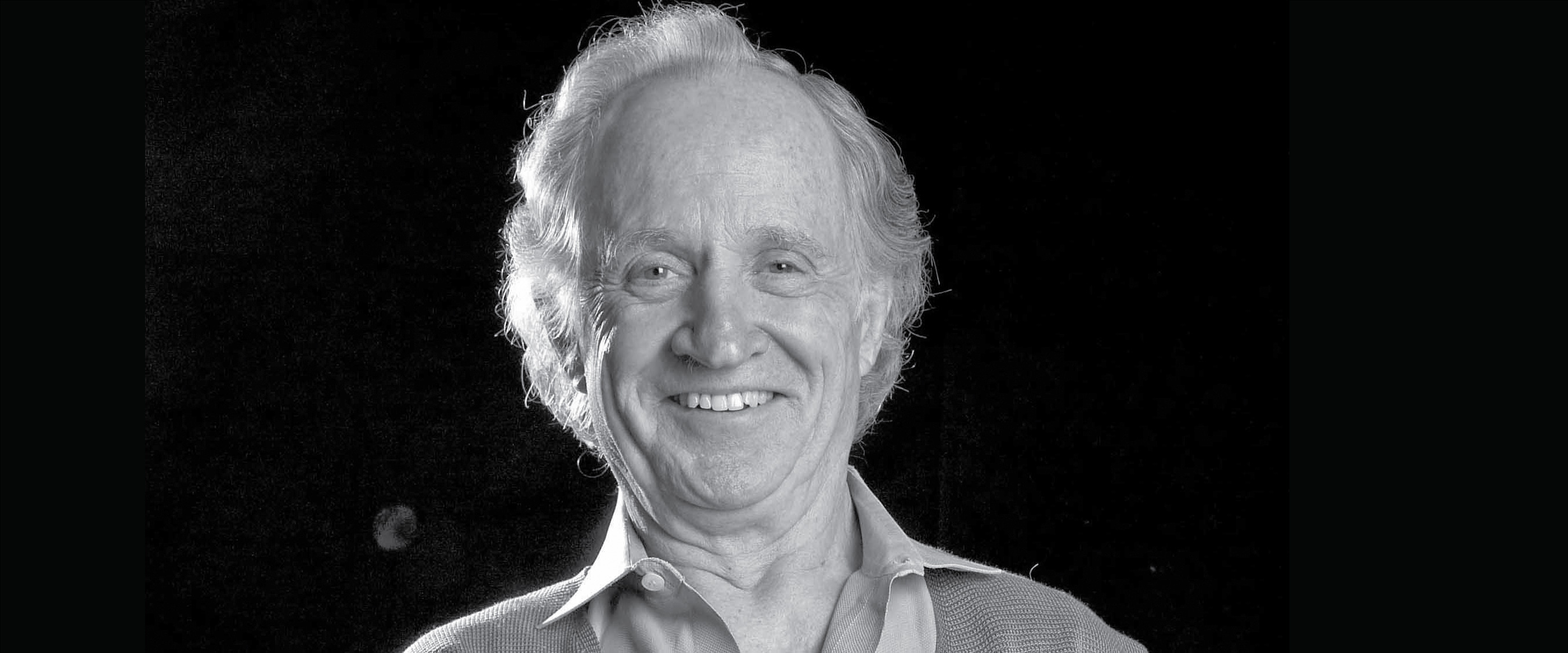
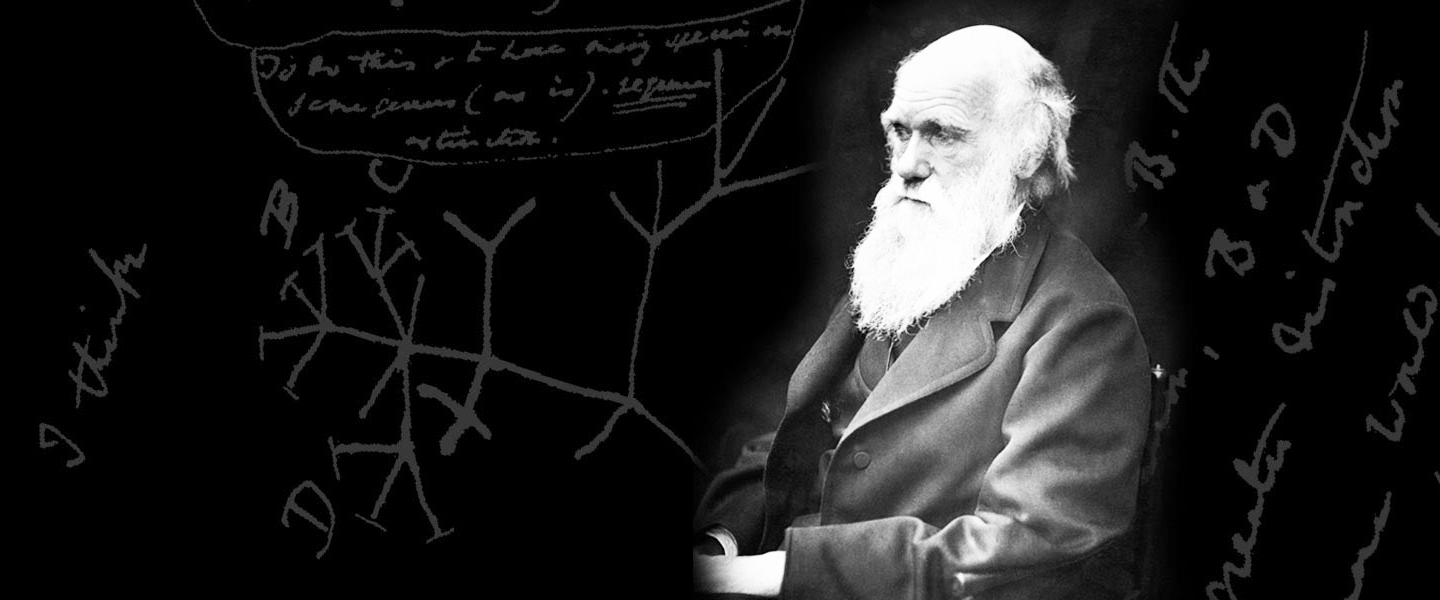




















 Articles
Articles